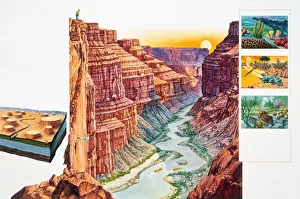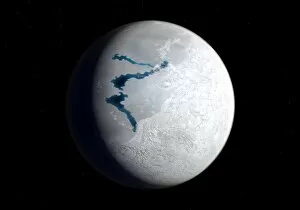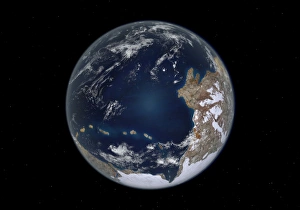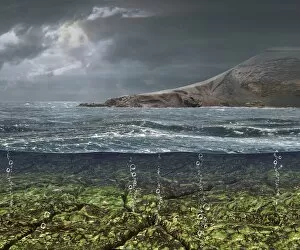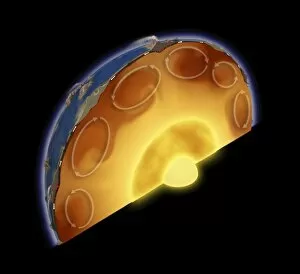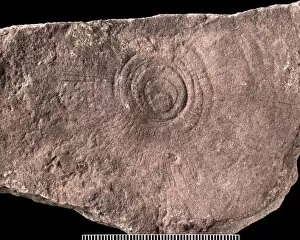Proterozoic Collection
Wander back in time 2.5 billion years ago to the enigmatic Proterozoic Eon, a pivotal chapter in Earth's geological history
All Professionally Made to Order for Quick Shipping
Wander back in time 2.5 billion years ago to the enigmatic Proterozoic Eon, a pivotal chapter in Earth's geological history. This era marked the consolidation of supercontinents, with the assembly of Rodinia around 750 million years ago, depicted in artwork C015. Earth's early globe, as shown in C016, bore stark contrasts to today's habitable planet. Fast forward to 650 million years ago, during the Marinoan Glaciation, where our planet was blanketed in ice, as hinted in the view of Earth at that time. The Grand Canyon in Arizona, USA, a steep-sided gorge eroded by the Colorado River, offers a glimpse into the geological past, as illustrated in cross-section and insets. Meanwhile, 600 million years ago, following the Cryogenian period, the Kenorland prehistoric landscape flourished, as depicted in artwork. Earth's internal structure underwent significant changes, as shown in another artwork. The it also witnessed the first ice age, a chilling period that shaped our planet's biosphere. Cyclomedusa, a fossilized prehistoric aquatic organism, provides evidence of this era's unique marine life. Lastly, the Vredefort crater in South Africa, visible in satellite imagery, is a testament to the violent geological processes that have shaped our planet throughout history.



